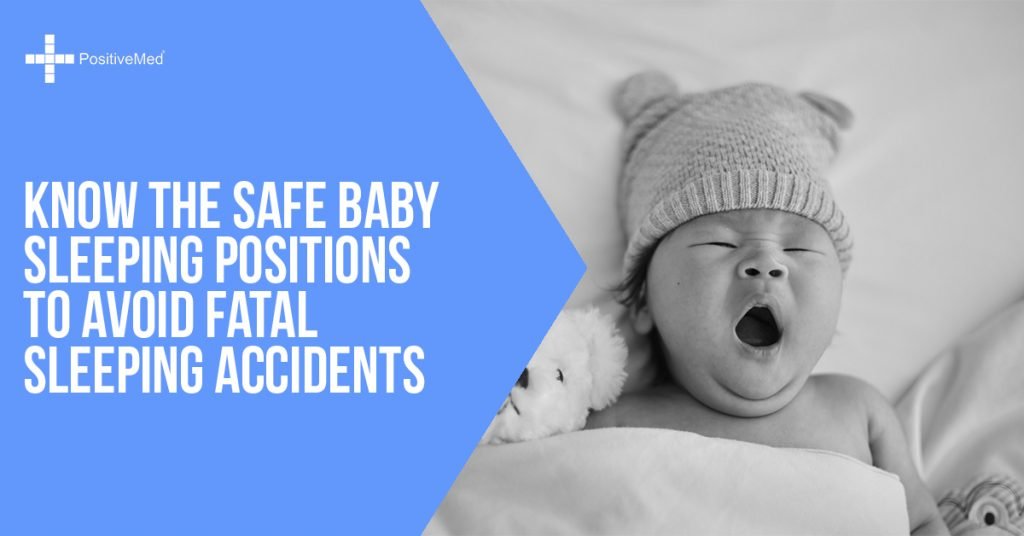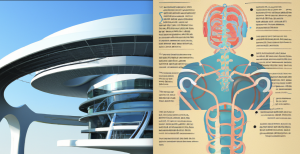About 1,500 infants die unexpectedly every year as a result of sudden infant death syndrome in the United States alone. It is, therefore, natural to consistently and continually check your sleeping infant to make sure all is well. Taking simple and efficient safe sleeping measures effectively minimizes the risk of sudden unexpected death in infancy. It is important to obtain knowledge of both safe and unsafe baby sleeping positions for babies to adequately deal with the associated risks. As such, listed below are a few crucial safe sleeping tips.

Put your baby sleep on their back
Lying on their back is the safest sleeping position for newborn babies according to The US National Institute of Child Health and Human Development (NICHD). Sudden unexpected death in infancy due to various causes such as SIDS is more likely if babies sleep on their tummies or sides. Healthy babies asleep on their backs are much less liable to choking on their vomit compared to babies sleeping on their sides or stomachs. Continue putting your babies to sleep on their back even when they can turn over, but allow them to find their own sleeping position.
Refrain from putting your babies to sleep on their stomachs
A number of theories discourage parents from making their babies sleep on the stomach including:
• Sleeping on the stomach can put pressure on a baby’s jaw and reduce the airway, restricting breath.
• Babies most likely continue to inhale the same air because they are lying with their faces pressed against the beddings while in a prone position. They can also inhale microbes present in the mattress.
• Babies can suffocate if they sleep on their stomachs on an exceptionally soft mattress.
Sleeping on the side is not recommended and is instead discouraged because babies might end up in their tummies.
Share the same room
For convenient breastfeeding and contact, parents should always share a room with their babies. The baby’s cot should also be in proximity to the parents. In this manner, parents can be assured of immediate knowledge whenever something goes wrong, although they must also stay vigilant.
RELATED ARTICLE: Dad Almost Lost His Newborn Baby and Now He Warns People About THIS
Avoid bed-sharing
Newborns should not share a bed with anyone including their parents and siblings. Even twins and multiples should sleep separately. Sharing a bed with infants increases the risk of suffocation and sudden infant death syndrome (SIDS). This applies in particular when whoever shares the bed is under the influence of a substance capable of inducing deep sleep such as alcohol.
Keep the baby’s crib simple
Using a firm and fitting mattress ensures no gaps exist between the edge of the cot and the mattress, which is where babies can easily jam their heads. If your baby uses a portable bed, only use the firm, well-fitting mattress that usually comes with such cots. You should never place comforters, quilts, or wedges under a sleeping infant. Let newborns sleep with their feet touching the crib’s bottom so that they cannot wriggle down under the bedding. The sides or ends of the cot should be high enough to ensure babies do not crawl or climb out.
Do not put your baby to sleep on either makeshift beddings or couches
With or without the presence of an adult, sleeping on a sofa or makeshift beddings can be quite dangerous for babies. They can easily get wedged between a wall and a mattress, stuck between cushions and pillows, or slip down until the covers completely cover their heads.
Dress your baby in warm and not hot clothing
Overheating is among the leading risk factors for sudden unexpected death in infancy. Ask yourself what you would be most comfortable in while asleep and use your answer as a guide. Always remember to ensure your baby’s head remains uncovered while indoors since it keeps them from overheating by allowing them to cool. Do not get worried if the hands and feet of your baby feel cool since it is normal.
Many cases of accidental suffocation have been attributed to both intentional and unintentional covering of babies’ heads while they sleep. Both overheating and accidental suffocation are known causes of sudden unexpected death in infancy including fatal sleeping accidents and SIDS.
Conclusion
Although the tips mentioned above are the most suitable baby sleeping positions, exceptions do occur. In rare cases and due to a medical condition, new parents might be encouraged to go against one or two of the guidelines listed above. Always remember that healthcare providers usually consider the potential risks and benefits before they recommend baby sleeping positions.






